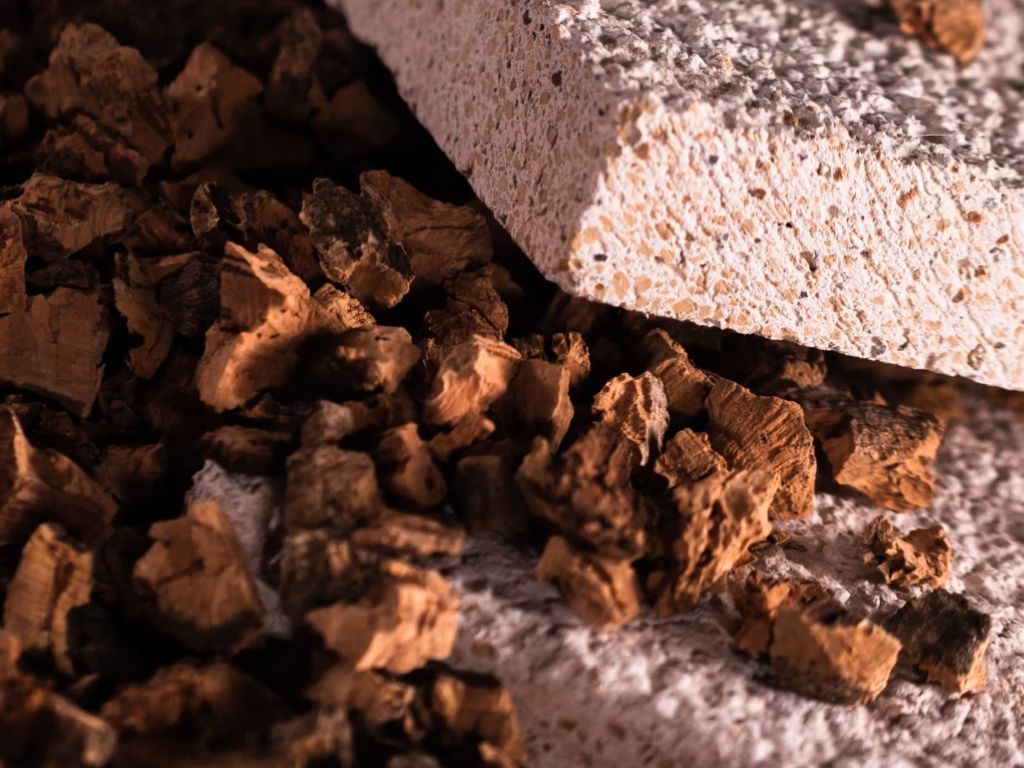Natural plasters have been used for centuries in construction and decoration, providing a sustainable, eco-friendly alternative to synthetic materials. Among these, Diasen plasters stand out for their unique properties and versatile applications. This article delves into the world of Diasen, exploring its history, composition, benefits, and uses in depth.
Understanding Diasen requires a deep dive into the world of natural plasters. These materials, derived from the earth, have been used since ancient times to build and beautify homes, temples, and public buildings. Today, they are experiencing a resurgence as more people seek out sustainable, healthy, and aesthetically pleasing alternatives to synthetic materials for high-end renovations in Andalucia for the heat and humidity, and in Asturias (Galicia and Cantabria) for the cold winters and damp wall years round.
History of Diasen Plasters
The history of Diasen plasters is intertwined with the history of construction itself. As early as 9,000 years ago, humans were using natural plasters to coat the walls of their homes, providing insulation, protection, and a smooth surface for decoration. Diasen, as a brand, has been at the forefront of this tradition, continually innovating and improving upon these ancient techniques.
Founded in Italy in the 1980s, Diasen has been a pioneer in the development and production of natural plasters. The company’s commitment to sustainability, quality, and innovation has made it a leader in the field, with its products used in projects around the world.
The Evolution of Diasen
Over the years, Diasen has evolved to meet the changing needs of the construction industry. The company has expanded its product range to include not only natural plasters, but also paints, coatings, and waterproofing materials. Despite these changes, Diasen has remained true to its roots, with a focus on natural, eco-friendly products.
Diasen’s evolution has been driven by a commitment to research and development. The company has invested heavily in this area, continually seeking out new materials, techniques, and technologies to improve its products. This has resulted in a range of innovative solutions that combine the best of tradition and modernity.
Composition of Diasen Plasters
Diasen plasters are made from a blend of natural materials, including clay, lime, and sand. These ingredients are carefully selected for their quality, sustainability, and performance characteristics. The result is a product that is not only beautiful and durable but also healthy and environmentally friendly.
The exact composition of Diasen plasters varies depending on the specific product. However, all Diasen plasters share a commitment to natural, sustainable ingredients. This is reflected in the company’s rigorous sourcing and production processes, which prioritize environmental responsibility and ethical practices.
Clay in Diasen Plasters
Clay is a key component of Diasen plasters, providing structure, durability, and a unique aesthetic. The clay used in Diasen products is sourced from carefully selected locations, ensuring the highest quality and performance. The clay is then processed in a way that preserves its natural properties while enhancing its performance characteristics.
Clay offers a number of benefits as a plaster ingredient. It is highly durable, resistant to cracking and shrinking, and has excellent thermal and acoustic insulation properties. Additionally, clay is a renewable resource, making it a sustainable choice for construction materials.
Lime in Diasen Plasters
Lime is another important ingredient in Diasen plasters. It is used for its binding properties, helping to hold the other ingredients together and create a smooth, cohesive plaster. Like clay, lime is sourced from select locations and processed in a way that enhances its natural properties.
Lime offers several benefits as a plaster ingredient. It is highly breathable, allowing moisture to escape and preventing the build-up of damp and mold. It is also naturally antibacterial and insect-repelling, making it a healthy choice for indoor environments. Additionally, lime is a renewable resource, contributing to the sustainability of Diasen products.
Benefits of Diasen Plasters
Diasen plasters offer a range of benefits, from their aesthetic appeal to their performance characteristics. These benefits make them a popular choice for a variety of construction and decoration projects.
One of the key benefits of Diasen plasters is their sustainability. Made from natural, renewable resources, these plasters have a low environmental impact, both in terms of their production and their use. They are also healthy, with no harmful chemicals or off-gassing, making them a good choice for indoor environments.
Performance Benefits
Diasen plasters also offer a number of performance benefits. They are highly durable, resistant to cracking and shrinking, and have excellent thermal and acoustic insulation properties. This makes them a practical choice for a variety of applications, from residential homes to commercial buildings.
Another performance benefit of Diasen plasters is their breathability. Unlike synthetic materials, which can trap moisture and lead to damp and mold, Diasen plasters allow moisture to escape. This helps to maintain a healthy indoor environment and prolong the life of the plaster.
Aesthetic Benefits
In addition to their practical benefits, Diasen plasters also offer aesthetic benefits. They have a unique, natural look and feel, with a rich texture and a wide range of colors. This makes them a popular choice for interior and exterior decoration, adding character and charm to any space.
Diasen plasters can also be applied in a variety of ways, from smooth and polished to rough and rustic. This versatility allows for a high degree of customization, enabling designers and homeowners to create a look that is truly their own.
Uses of Diasen Plasters
Diasen plasters can be used in a variety of ways, from construction to decoration. Their versatility, combined with their performance and aesthetic benefits, make them a popular choice for a wide range of projects.
One of the most common uses of Diasen plasters is in construction. They can be used to coat walls and ceilings, providing a durable, insulating, and aesthetically pleasing finish. They are also used in restoration projects, where their natural properties and traditional appearance make them a fitting choice.
Interior Use
Inside the home, Diasen plasters can be used to create a unique, natural look while providing excellent thermal and acoustic insulation especially on sold wall with high humidity levels. They can be applied to walls and ceilings, providing a smooth, breathable surface that is both beautiful and healthy. They can also be used to create decorative features, such as arches, niches, and moldings.
Diasen plasters are also a popular choice for bathrooms and kitchens, where their moisture-resistance and antibacterial properties make them a practical choice. They can be used to create a seamless, waterproof surface, eliminating the need for tiles and grout.
Exterior Use
Outside the home, Diasen plasters can be used to create a durable, weather-resistant finish. They can be applied to exterior walls, providing protection against the elements and adding character and charm whilst providing thermal and acoustic insulation. They are also used in landscaping projects, where their natural appearance and texture make them a fitting choice.
Diasen plasters can also be used to create outdoor features, such as patios, paths, and garden walls. Their durability and resistance to weathering make them a practical choice for these applications, while their natural look and feel add to the aesthetic appeal.
Diasen plasters offer a unique combination of benefits, from their sustainability and healthiness to their performance and aesthetic appeal. Whether you’re building a new home, renovating an old one, or simply looking to add a touch of natural beauty to your space, Diasen plasters are a choice worth considering.
As we continue to seek out sustainable, healthy, and aesthetically pleasing alternatives to synthetic materials, the popularity of natural plasters like Diasen is likely to continue to grow. With their rich history, innovative composition, and versatile applications, Diasen plasters truly represent the best of both tradition and modernity.

